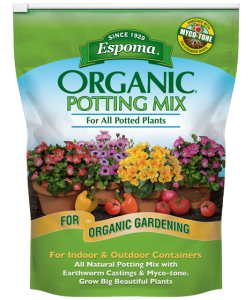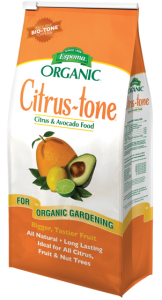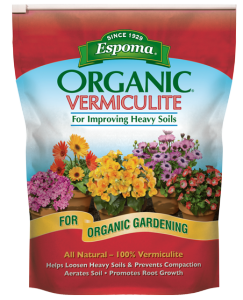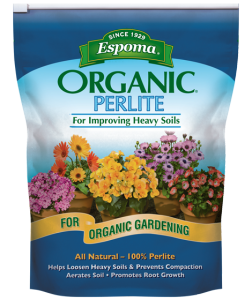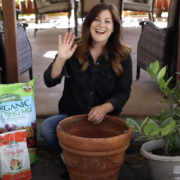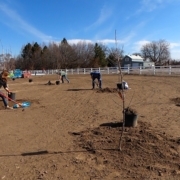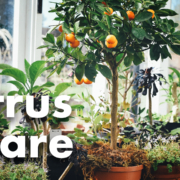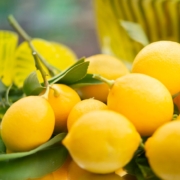Growing Food Out of Your Zone
As “The Citrus Guy” in a non-citrus producing area of the country, I appreciate this guest blog opportunity to show folks that anybody can grow their own citrus fruit and many other types of food in containers.
One of the first questions I get is, “Can you actually get fruit from containerized trees”?
I enthusiastically answer, YES!
I grow most (okay, ALL) of my 55+ Citrus in containers. Even though I live in Charleston, SC (Zone 8) and they can grow in the ground here, I prefer growing them in containers. I should include in this list my figs, blueberries, jujubes (Ziziphus mauritiana), miracle fruit (Synsepalum dulcificum) as well.
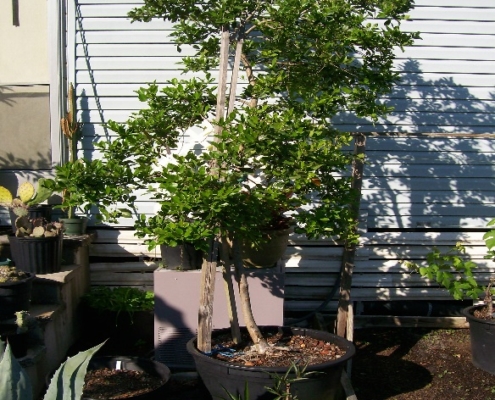
Lemon Guava (Author Photo)
Here is a brief “how to do it”.
The Container
Anything is possible to use, IF, you have a large enough container 15 to 30 gallons. Don’t expect as big a tree or bush as one grown in the ground. Dwarf rootstock is helpful, but not essential. Root stock dwarfs the tree (still giving you full size fruit) but the container will do that to some extent also. With that being said, I have some seed grown trees that are producing fruit on their own roots.
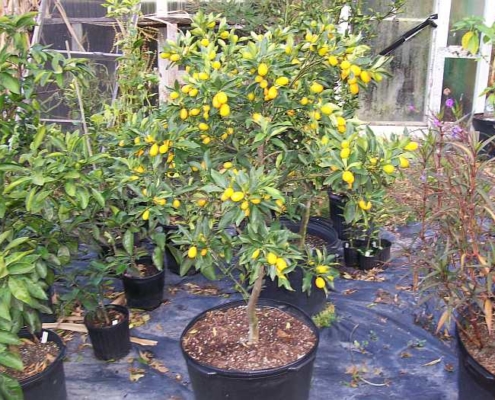
Nagami Kumquat (Author Photo)
Watering/Moisture
Be aware that plastic containers retain moisture longer than other types of pots. Terracotta pots, not only being much heavier, wick water out faster, unless of course it is glazed inside. As with most plants, allow the upper surface of the soil to become semi dry to the touch and maybe an inch down, then water thoroughly. Fruiting plants need lots of moisture, but don’t like wet feet all the time. If you keep the soil about the consistency of a wrung-out dish sponge, you will be well ahead of the game.
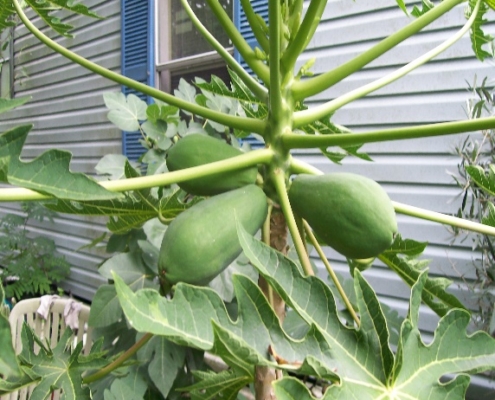
Papaya grown from seed. (Author Photo)
All the Dirt on Soil
Espoma makes a great potting soil that can be used for all indoor and outdoor container plants. A good blend of Peat with either Sand, Perlite and Vermiculite will suffice. If it is well draining, retains some moisture, and is sturdy enough to support the plant, it is good to go.
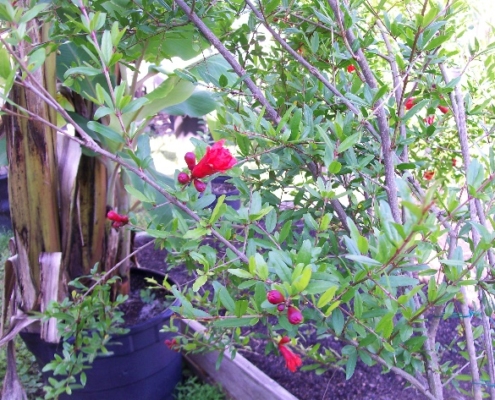
Pomegranate and Banana (Author Photo)
Feed Me to Feed You
Good nutrition is essential, but over fertilization can result in excessive vegetative or leafy growth, poor fruiting and possible death due to fertilizer salt accumulation. I am huge proponent of Citrus-tone, also made by Espoma, for my citrus trees and many of the other fruiting plants. Holly Tone is also very good for some extra acidity, such as what blueberries need. I have never had any issues of salt accumulation with these products.
Let There Be Light
Citrus and all fruiting plants love sunlight, 8-10 hours if possible, even in winter. Indoors supplemental lighting may be required. There are many different types of lighting and fixtures on the market. I encourage you to do your homework when it comes to what you can afford, what you absolutely need, light density, and color spectrum.
A word of caution here, after a plant has been inside for an extended length of time, you can still burn the leaves. Acclimate them slowly to the intensity of the sun. Bring them out for a few hours, then shade them. After a couple of days of doing this, leave it out a little longer. Do this until you are at maximum lighting.
Hot Foot
Summer time can bring other problems with container cultivation. The temperature in a black pot, outside in 8 hours of sunlight can easily reach 120 degrees. There are numerous ways to alleviate this. First, shade the pot with low growing plants in other pots. This will give you a chance to have some flowers around your tree and make a very nice display. Second, paint your pots white. The white surface will reflect the rays of the sun and keep your roots many degrees cooler. You can also do a pot inside a pot. Depending on the color of the outside pot and the air space between the that and the inner pot will determine just how many degrees cooler it can be.
In Conclusion
Pushing the limits of your growing zone can be intimidating and fun at the same time. With a little bit of work and common sense you can grow most tropical fruits in any part of the country. I say most because, I would LOVE to grow my own coconut. According to all the literature I have read, even a dwarf one will not fruit until it is 30-40 feet tall, pruning is not an option because of the growth habit and my greenhouse does not have an elevating roof…….yet!
Happy Growing!
Darren Sheriff
a.k.a. The Citrus Guy
Darren Sheriff is a SCNLA Certified Professional Nurseryman, A Charleston County Master Gardener Emeritus and is the manager for Terra Bella Garden Center in North Charleston, South Carolina. With his 220+ camellias, he is an active member of, and current president of, the Coastal Carolina Camellia Society, the South Carolina State Director for the American Camellia Society, the founder of the Lowcountry Fruit Growers Society as well as their former president. Known as “The Citrus Guy” in the Lowcountry he is an expert in the cultivation of Citrus and currently has 55+ different varieties in his yard, mostly in containers, but there is one in the ground as well. As an Exotic Tropical Fruit buff, he is growing things many people have never heard of and is well versed in all other kinds of fruit as well. He has authored numerous books all of which can be found on Amazon or his website https://thecitrusguy.com/.
